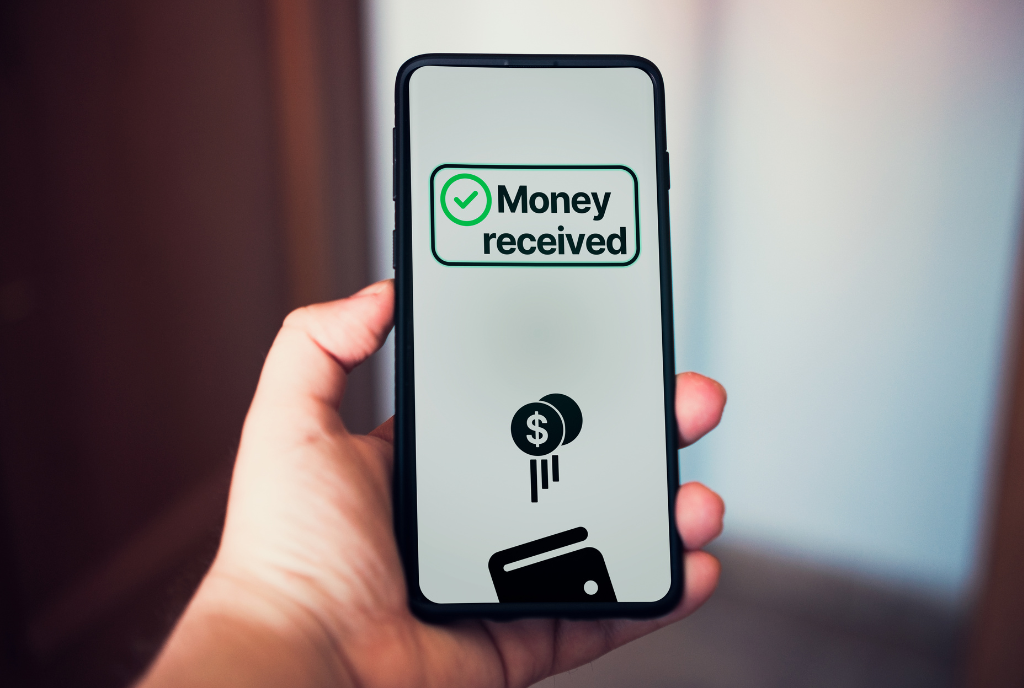Resource Corner
How to Protect Yourself from P2P Payments Fraud

- Pay and receive money only with people you know. Using mobile payment services with family, friends, and others you know, and trust is the safest way to protect your money. Don’t pay strangers with P2P. Many peer-to-peer transactions are instantaneous and irreversible. Scammers try to get you to pay them in many different ways - including by sending money online - so make sure you know to who you're sending money. If you use the service to receive money from someone you don’t know personally - maybe as payment for tickets to a concert or a game or for an item you're selling - transfer the money to your bank account and ensure the money is there before you send any goods. Scammers use mobile payment services to trick people into sending money or merchandise without holding up their end of the deal. For example, a scammer may sell you concert or sports tickets but never give them to you. Or a scammer might purchase an item from you, appear to send a payment, and cancel it before it reaches your bank account.
- Add a PIN or two. Each platform should have a way to add and require a personal identification number to complete transactions. Set up your app to require a passcode, PIN, or fingerprint before paying. Most mobile payment apps allow you to set up a passcode, PIN, or fingerprint that you can use to authenticate yourself before making a payment. Setting up this feature helps prevent anyone else who gets access to your mobile phone from making mobile payments from your account. If your mobile phone is lost or stolen, be sure to notify your bank or payment provider. For added protection, set one up on your mobile device, too, so in case you ever lose your phone, it’s not exactly like you lost your wallet as well.
- Use a protected payment source. Link a credit or debit card when using peer-to-peer payment services so that if your money is misdirected, you can have the error resolved by federal law. If you use funds kept in the P2P account, you are subject to state laws and the provider’s own policies, which can vary. It’s advisable to limit yourself to just one credit or debit card. Having multiple payment methods on a single account can make you a more lucrative target for fraudsters.
- Security and user experience. The service should be easy to use and understand and be secure. Most well-known platforms have good security in place, but you should still err on the side of caution. Avoid apps that have bad customer ratings and bad histories with data breaches. Peer-to-peer payment systems require access to your financial information, so check your account settings to see if you can enable additional security measures that aren’t on by default. Consider turning on multi-factor authentication, requiring a PIN, or using fingerprint recognition like Touch ID. Some cybercriminals may try to leverage usernames and passwords stolen in data breaches or purchased on the dark web to log into P2P apps.
- Keep your app up to date. Hackers exploit security vulnerabilities sometimes faster than the security pros can plug them. If you have old software, you’re missing the latest protections. Make sure you have auto-updates turned on for your device across the board.